Alumni Sustainability Newsletter
September 2024
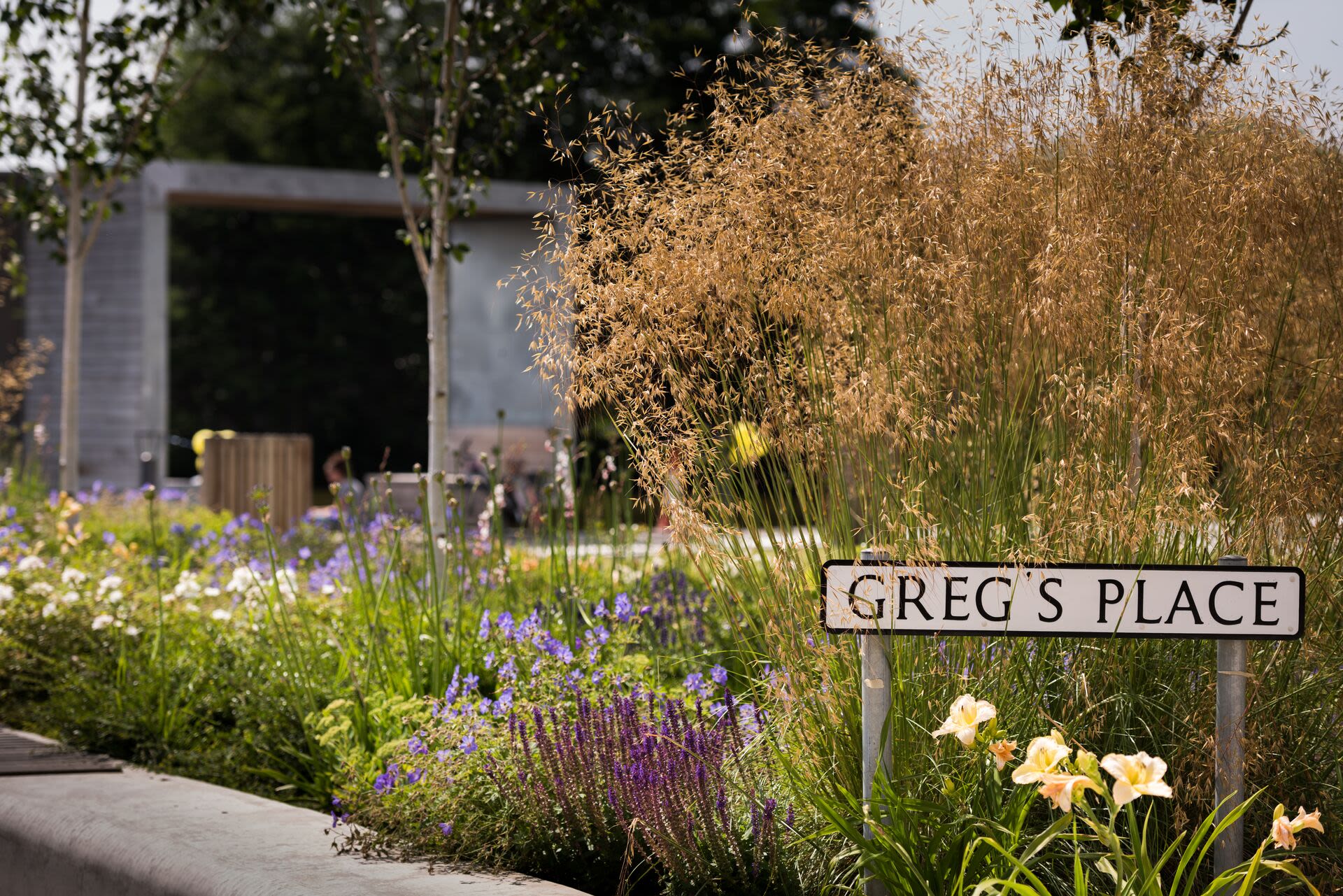
Welcome to your latest Alumni Sustainability newsletter! Discover the story of how our campus became a hedgehog haven, read top tips for landing a career in sustainability, and hear all about an inclusive research project at York transforming the way we study butterflies.
Also, don't miss details on how you can get involved in our next action day helping hedgehogs as part of York Environment Weeks, and your chance to win in our hedgehog themed bake off!
Inside the University's mission to make campus hedgehog friendly
In 2022, the University was awarded the prestigious platinum award for being a ‘Hedgehog Friendly Campus’. As hedgehog numbers dwindle around the UK, what exactly is it that makes our campus a hedgehog haven? We spoke to the University’s Grounds and Ecology Manager Gordon Eastham to find out.
Can you tell us a bit about why hedgehogs are at risk in the UK?
“Numbers of hedgehogs in the UK have dropped dramatically over the course of this century. Especially in rural areas because of how farming practices have changed, meaning their habitats have been lost. Pesticides used in large-scale farming also kill the hedgehog’s food, like slugs and insects.
In urban environments, lots of hedgehogs get tangled or trapped in litter left by people, which can kill or injure them. Slug pellets used in people’s gardens, along with lawn mowers and strimmers, are another huge cause of injury.
Unlike most animals, hedgehogs don’t run away if they sense danger. They tend to curl up in a ball where they rely on their spines for protection. While this might work against predators, it also makes them easy to get run over.”
So what is the University doing to make its campus a safe space for hedgehogs?
“Students and staff have done a lot of work in raising awareness about the different problems that hedgehogs face, as well as doing practical activities like litter picking.
Another one of the practical things we do is habitat creation, which provides hedgehogs with places to shelter and find food. We make hedgehog boxes out of wood that we rescue from the woods here.
We also have several feeding stations around campus which provide them with essential food and water, as hedgehogs get very easily dehydrated.
Hedgehogs can swim, but they can’t get out very easily. Sometimes they’ll go to have a drink of water from the lake, but then fall in. So we’ve set up little causeways around the campus lakes where they can enter and exit freely.
If we do find an injured hedgehog, we’ll take them to a local rescue like Urchins on the outskirts of York. We’ve got a really good relationship with them and will often release rehabilitated hedgehogs back onto campus.”
How can our readers make their own garden hedgehog friendly?
“If you want to make your garden hedgehog friendly, the first thing you've got to do is make your garden accessible to hedgehogs. At night, hedgehogs can travel kilometres going from garden to garden in search of food. If you have fences around your garden, try speaking to your neighbours and suggest that you’d like to make your garden more accessible by creating a small hole in the bottom of the fence.
For those with ponds that have steep sides too, why not try adding a slope so that a hedgehog can get out again if it falls in.
Unfortunately, slug pellets are toxic to hedgehogs, so try to avoid using them. Even if they don’t eat the pellets directly, they can get second hand poisoning from eating a slug which has ingested the pellets.
If you would like to feed a hedgehog, don’t go for milk or bread. It’ll harm their stomachs! The best choice of food is dried dog or cat biscuits. Hedgehogs eat lots of worms and beetles, so creating log piles and leaf brushes will also provide them with much needed dinner and shelter.”
Finally, do you have any advice on what to do if you find an injured hedgehog?
“Hedgehogs are nocturnal. So if you see a hedgehog during the day, there’s a good chance that it could be injured or distressed (unless it’s pregnant). If it looks a bit wobbly, listless, or it’s curled up in a ball during daytime, what you really need to do is take it to a hedgehog rescue or vet.
“It’s thanks to the hard work of these rescues that our urban populations of hedgehogs are beginning to stabilise.”
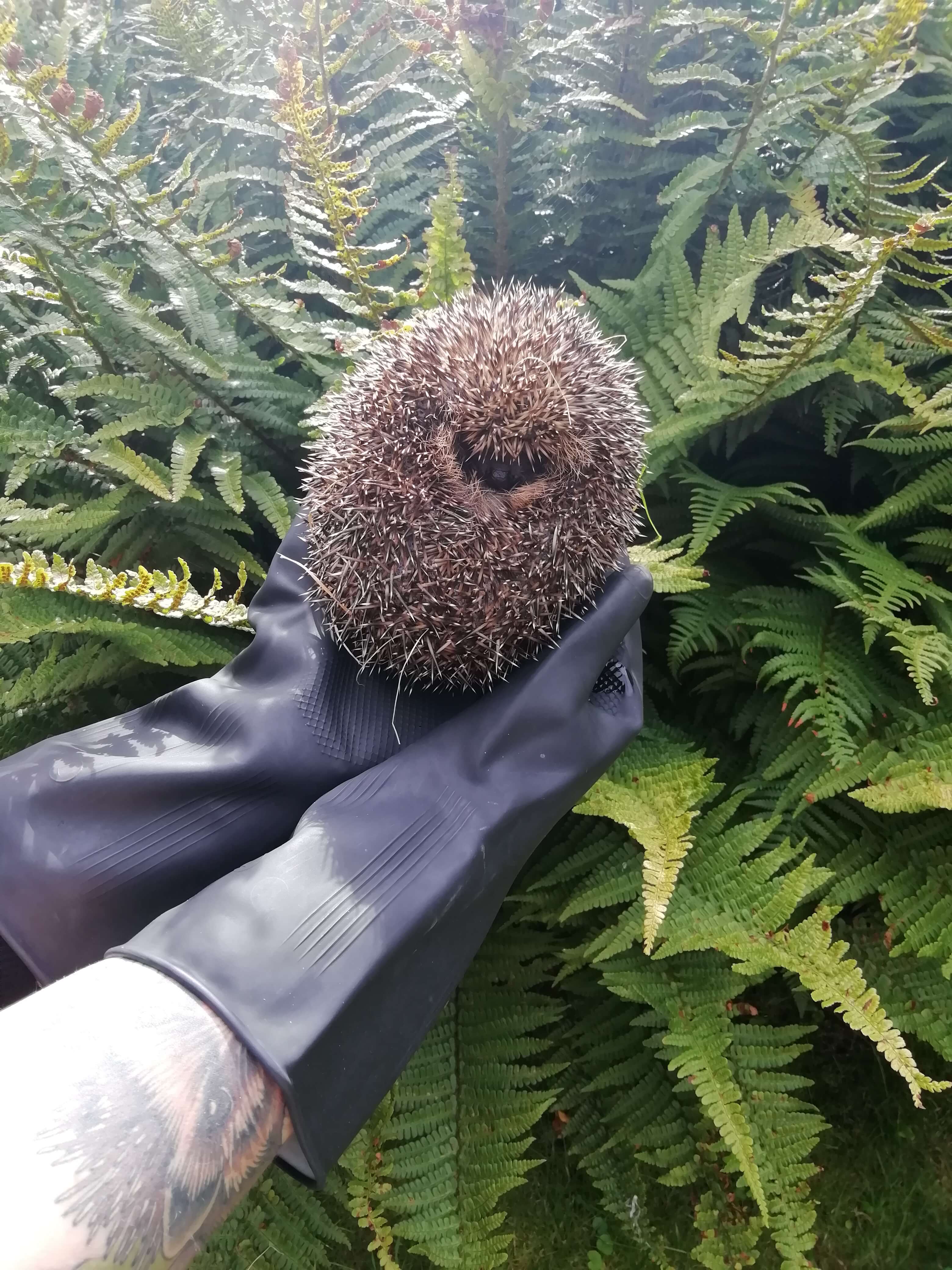
A rescued hedgehog which was re-released back onto campus
A rescued hedgehog which was re-released back onto campus
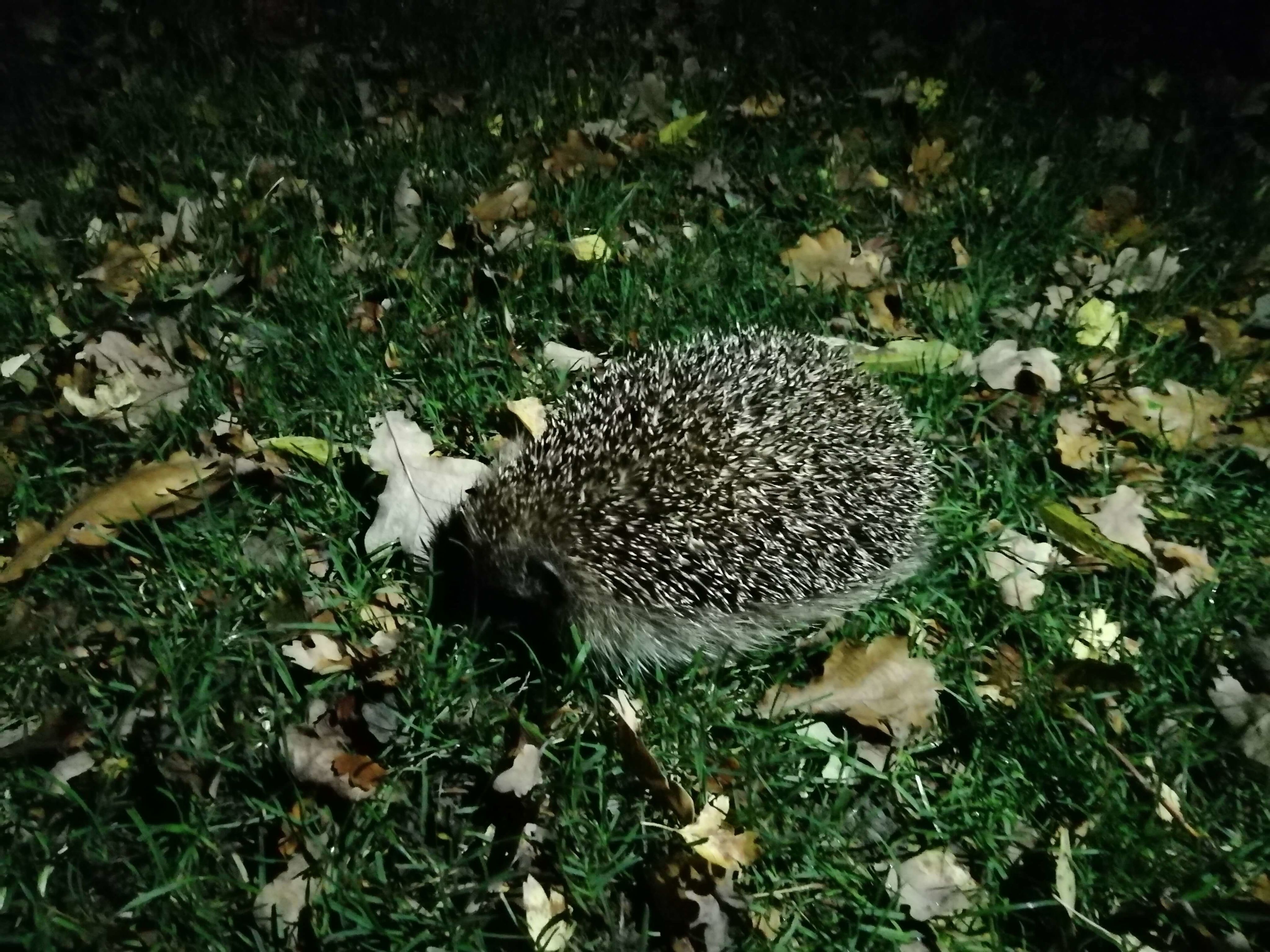
A hedgehog spotted foraging on the Campus sports field one evening
A hedgehog spotted foraging on the Campus sports field one evening
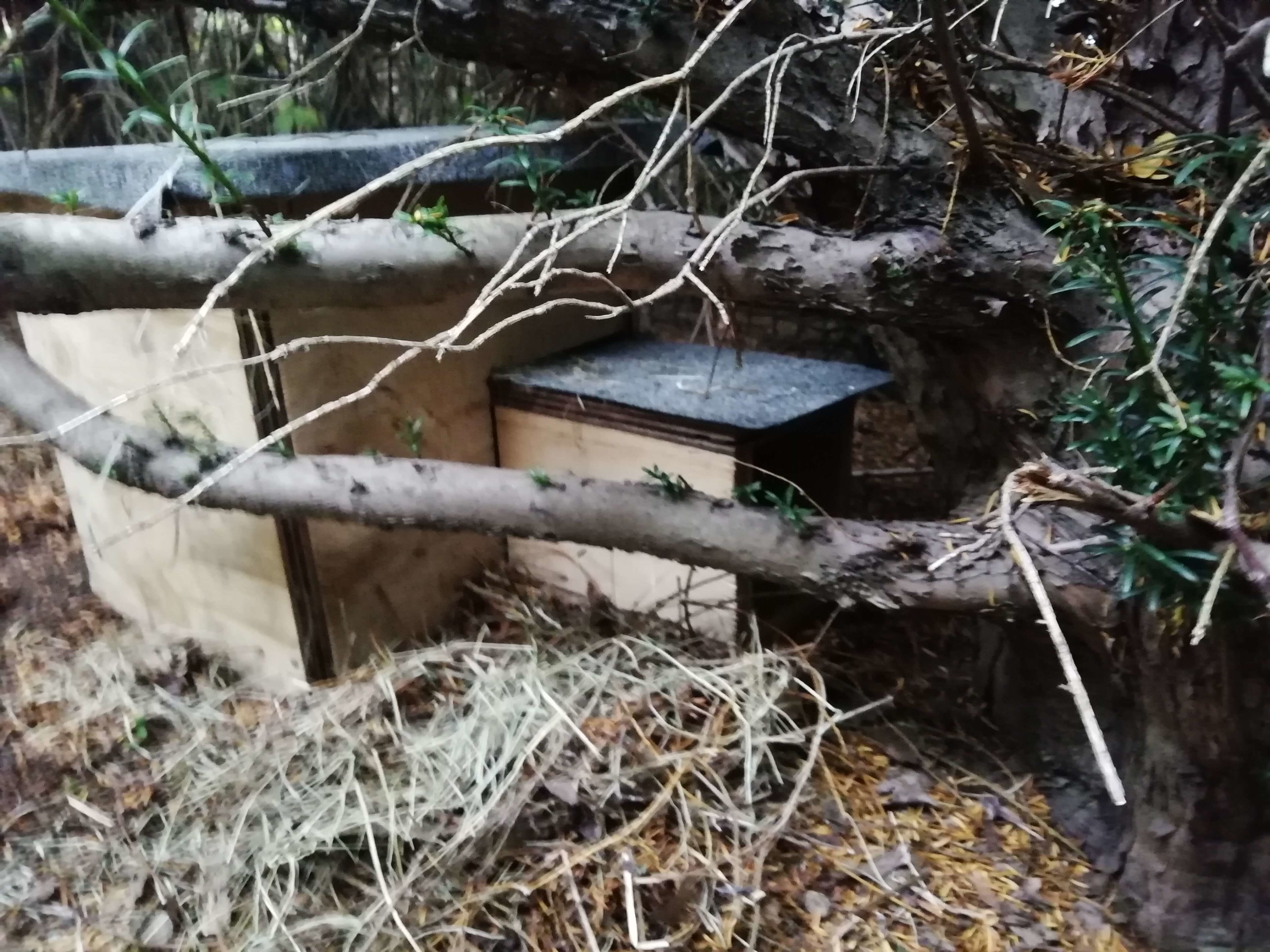
A hedgehog home, also known as a 'hibernaculum', built by Gordon and his team on campus
A hedgehog home, also known as a 'hibernaculum', built by Gordon and his team on campus
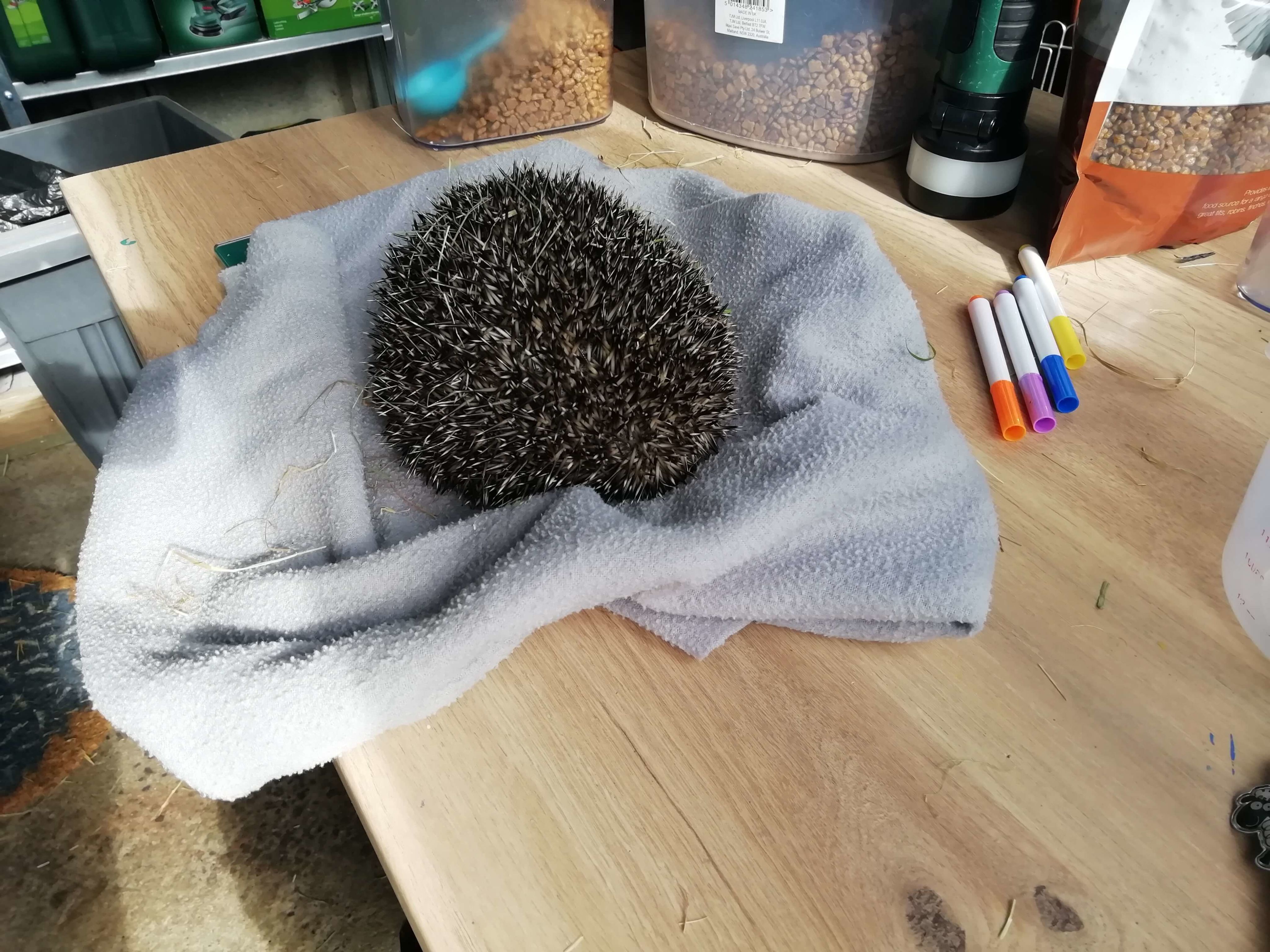
Another rescued hedgehog, which was later re-released on campus
Another rescued hedgehog, which was later re-released on campus
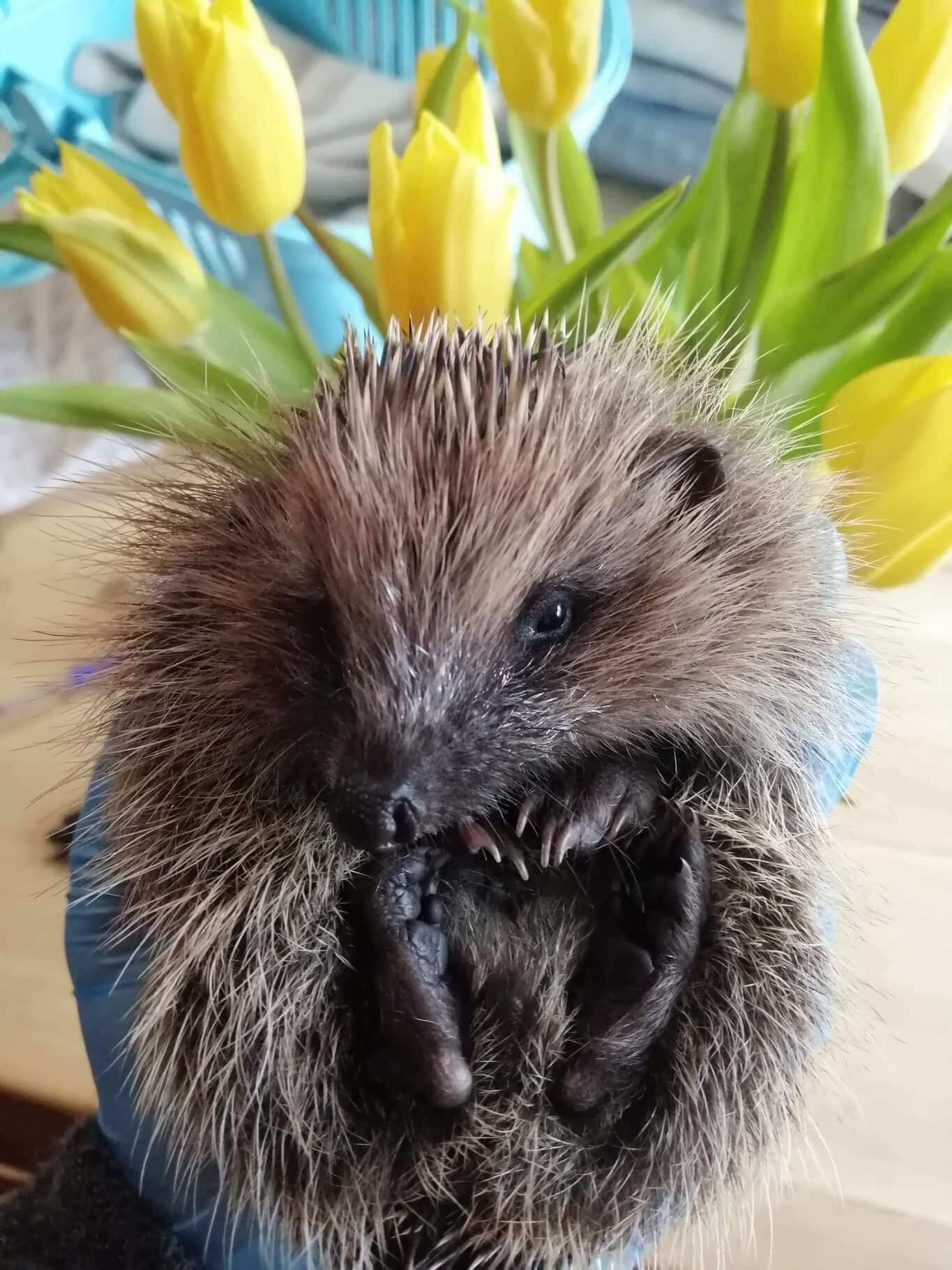
Hedgehog known as 'Vincent Van Hog', found in Fulford near the University, photo courtesy of the University's Hedgehog society
Hedgehog known as 'Vincent Van Hog', found in Fulford near the University, photo courtesy of the University's Hedgehog society

Ready to make a difference?
Join us on campus for our Hedgehog Helpers action day! 🦔
Feeling inspired? Come back to campus and make a difference during our Hedgehog Helpers Action Day on Wednesday, 25th September, as part of York Environment Weeks.
We’ll gather at Campus East for an afternoon improving hedgehog habitats. Together we’ll refurbish a campus bug hotel, which plays a crucial role in providing food for hedgehogs, and conduct a litter pick to help protect their environment.
Whether you’re a nature lover or simply curious about how you can contribute, this is a fantastic opportunity to learn, meet like-minded people, and take action to protect our prickly friends!
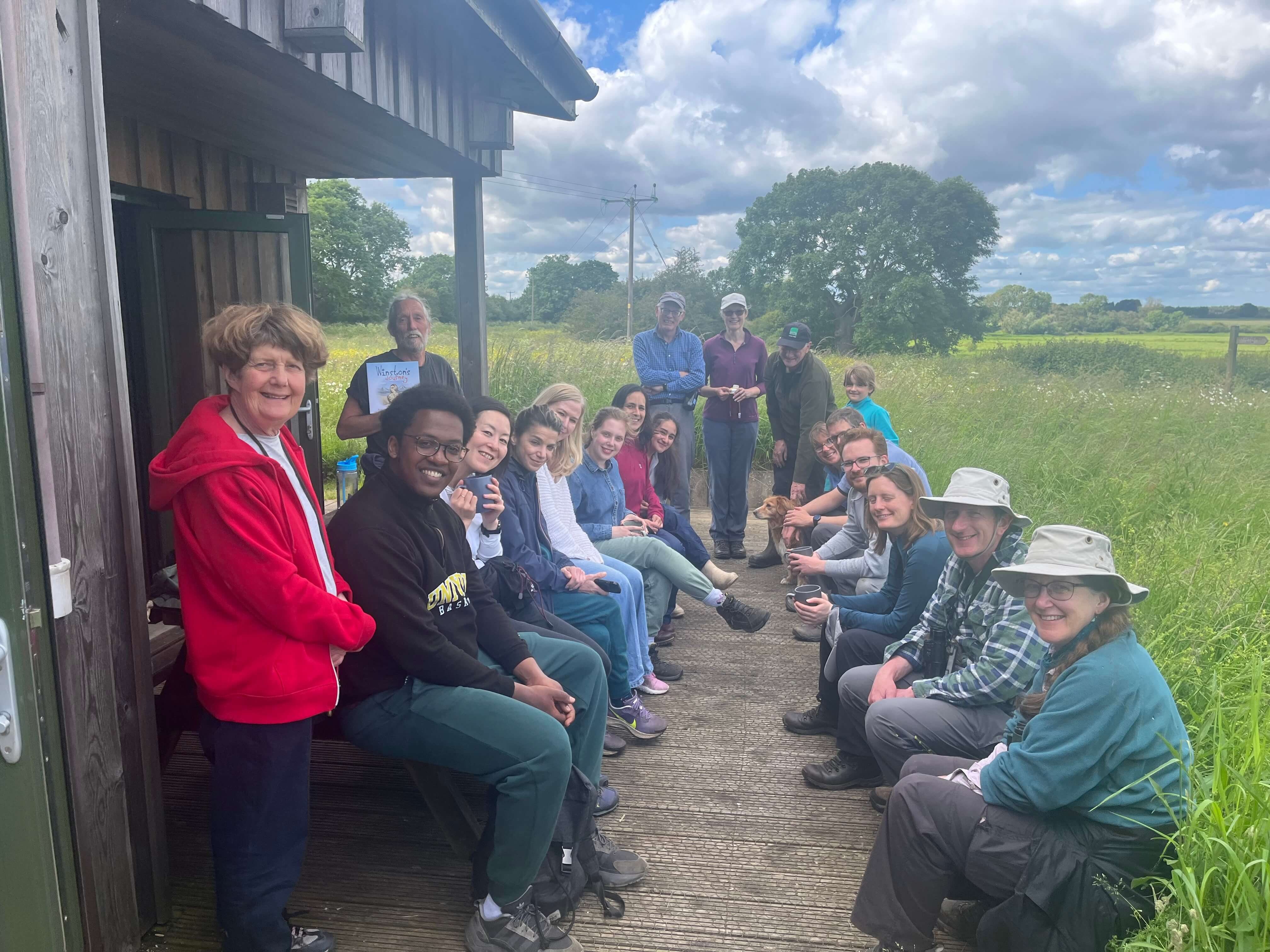
Get creative with our hedgehog themed bake off for a chance to win!
Can't come to our Action Day on campus? You can still join the fun by entering our Hedgehog-Themed Bake Off!
We're on the hunt for the most creative hedgehog-inspired baked goods. The winning entry will take home an adorable set of hedgehog-shaped cookie cutters and be featured on our social media channels for everyone to admire!
Think you have what it takes to be crowned our 'Star Baker'?
Send us your picture of any hedgehog themed baked good to our alumni email alumni@york.ac.uk or to our Instagram account and show us your baking brilliance! Deadline is 12 October.

THE butterfly effect: how a York Project is Saving Our Butterflies WHILE MAKING RESEARCH MORE INCLUSIVE
Most biological records in the UK come from people who volunteer to collect data about the world surrounding us. In scientific terms, it’s known as ‘Citizen Science’, and it’s responsible for some of the news-breaking figures we come to read in the papers today.
But what happens when the people collecting the data tend to fall into one group? And how does it affect the headlines we consume every day? We caught up with one researcher at the University, Rachel Pateman, who is making Citizen Science more inclusive for all.
"Most biological records in the UK are collected by volunteers, but these volunteers tend to be quite similar - often white, well-educated, more affluent individuals. We wanted to understand what might be preventing a more diverse audience from getting involved." Pateman explained.
In a recent project, Rachel and her team have been sharing the findings of their research with conservation charity Butterfly Conservation. Using surveys, interviews and workshops they have explored who is and who is not participating in citizen science and how underrepresented groups can be engaged.
"People from marginalised groups often have more demands on their time and can feel unwelcome in the countryside. Their reasons for wanting to get involved might also be more focused on personal development, rather than just environmental stewardship."
“There is a risk that this results in a lack of data from more deprived areas, for example. And we know that those areas are likely to be of worse environmental quality.”
"It's not just about getting more diverse data, it's about ensuring that the environmental decision-making process benefits people of all backgrounds," Pateman emphasised.
By understanding the causes of these biases, the researchers hope to provide Butterfly Conservation and similar groups with recommendations on how to design more inclusive initiatives. And in doing so, it’ll benefit both people on a mass and individual level:
“There’s lots of things that people can gain from participating in Citizen Science, for example an understanding about the environment in which they're living. They can become more connected with nature and engage in more pro environmental behaviours.”
"Recording butterflies and moths isn't just a hobby — it's a powerful way for the public to track the health of our natural world"
"By making these activities more accessible, we can empower a wider range of people to contribute to that important work."
If you’d like to be your own Citizen Scientist, why not check out The Butterfly Conservation website, which lists various recording schemes for butterflies and moths? You can also join our Alumni Sustainability Network iNaturalist group to share your findings with fellow Alumni 🔎
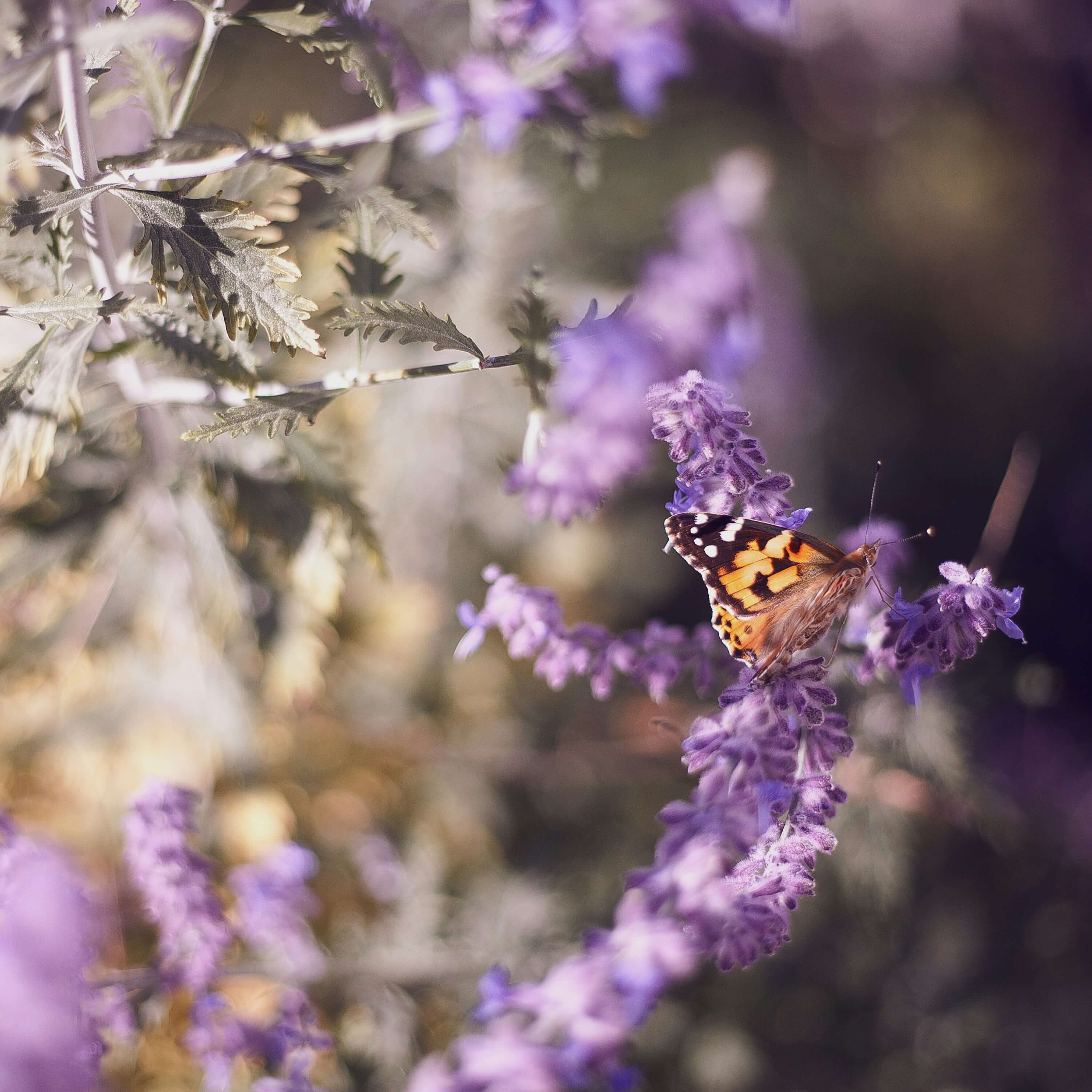
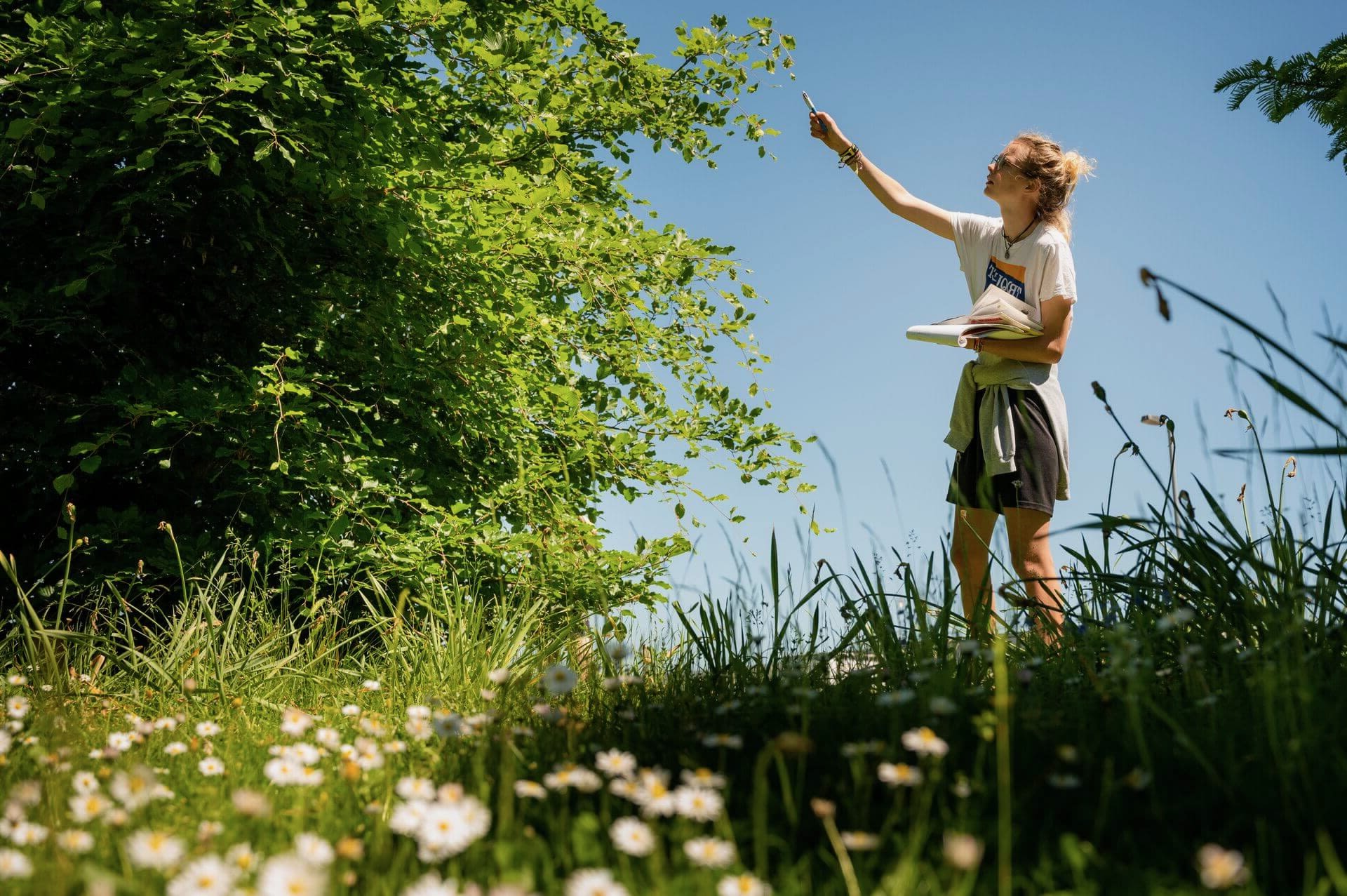
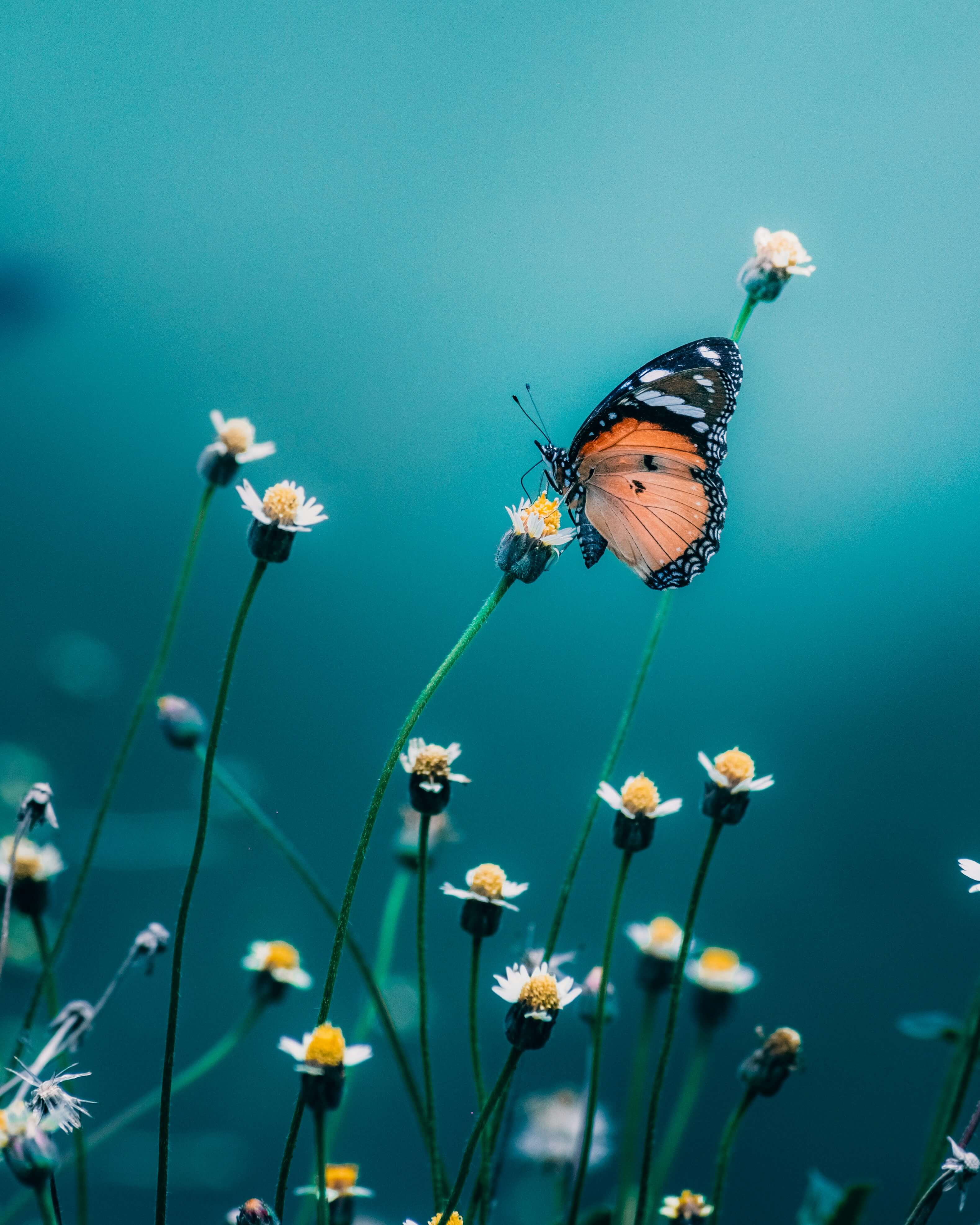

Building a career in sustainability
With Alumna Sammie Bradley
We spoke to Sammie Bradley, who graduated with a Master's in Sustainability Science from York in 2023 and now works as an Environmental Impacts Advisor, to find out what a career in sustainability can look like.
Can you tell us a bit about what you do?
I’m an Environmental Impacts Advisor at Thirteen Group, a social housing charity with over 34,000 properties in the North of England. My job is to monitor and reduce our environmental impact in any way that I can. I might be influencing how we choose building sites, improving our green habitats, teaching staff about climate change or even working with small community groups to show how being environmentally friendly goes hand in hand with more budget friendly living.
What are the most rewarding aspects of your job?
It's definitely seeing the changes we make in people and places. We cleaned up a site that had multiple complaints for fly tipping and anti-social behaviour and turned it into our first specialist biodiversity site, holding thirteen fruit trees, bird boxes, wildflower patches and a natural pathway for locals to enjoy. It’s proved to be enormously popular with our residents and they love watching the new birds that have inhabited the area - they've even made pies from the blackberries growing on the site!
How about the biggest challenges you face?
One of the hardest things is being realistic. We know that the government requires us to build a set amount of homes and we know that building those homes negatively impacts the environment. The challenge is trying to make sure we do so in a way that has the minimum impact. We do this by giving our developers as much information as we can to make sure the ‘voice’ of the environment is represented.
New legislation is coming in all the time and changes rapidly. We sometimes have to adapt very quickly to these new rules, often with very little guidance when it first comes in, so you have to do quite a bit of trial and error to work out which the best way for us to adhere to these can be.
Do you have top tips on getting into your industry?
Be passionate and show it! Everyone who applies has done a degree, your personal drive and interests will be what makes you stand out. Tell them you helped collect 83 bags of litter with a local picking group last year or tell them you advocated for hedgehog crossings with your university society, this is what they’re looking for. When your job gets tough, it will be your passion that keeps you going, so they NEED to see you have that.
"Be passionate and show it! When your job gets tough, it'll be your passion that keeps you going."

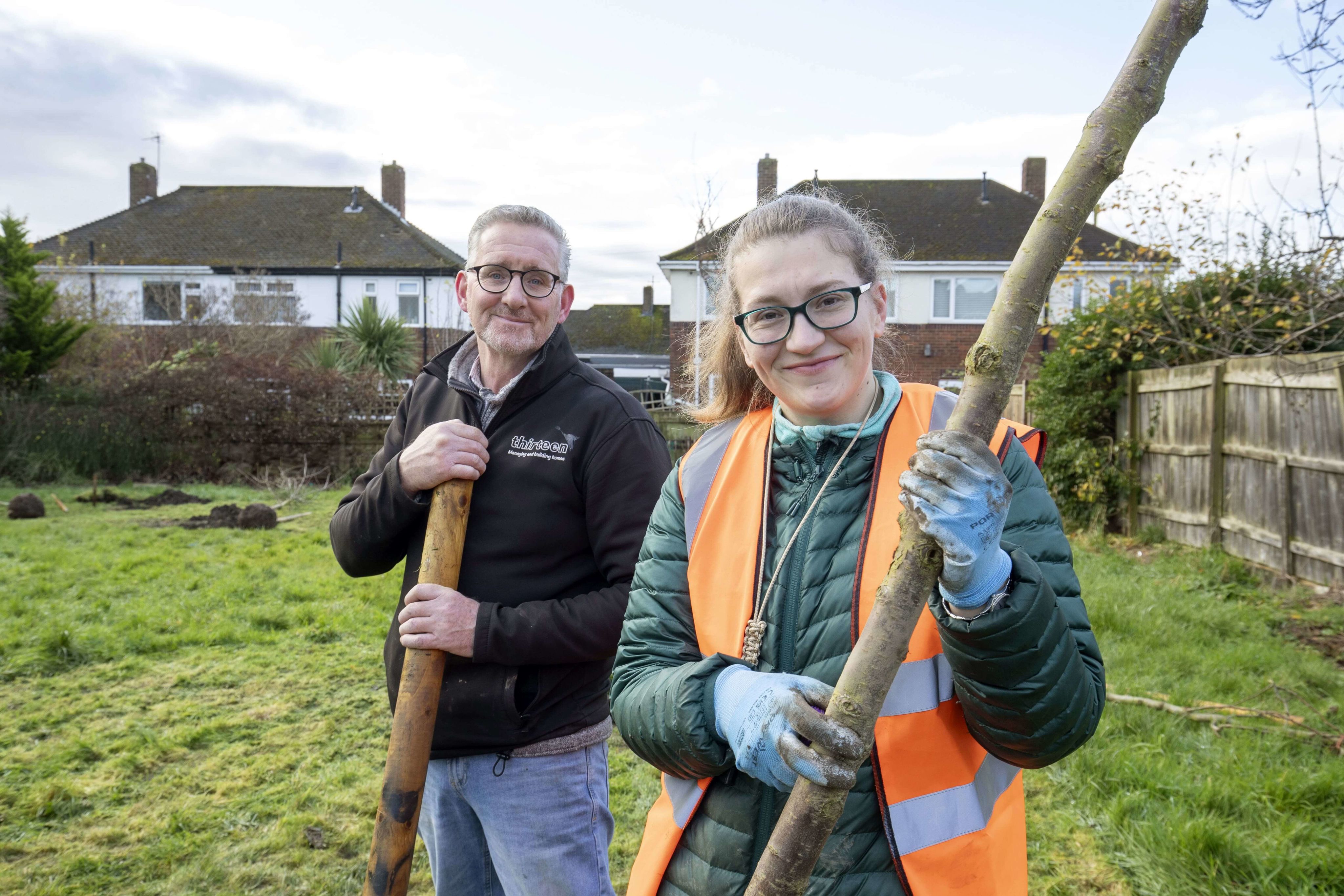
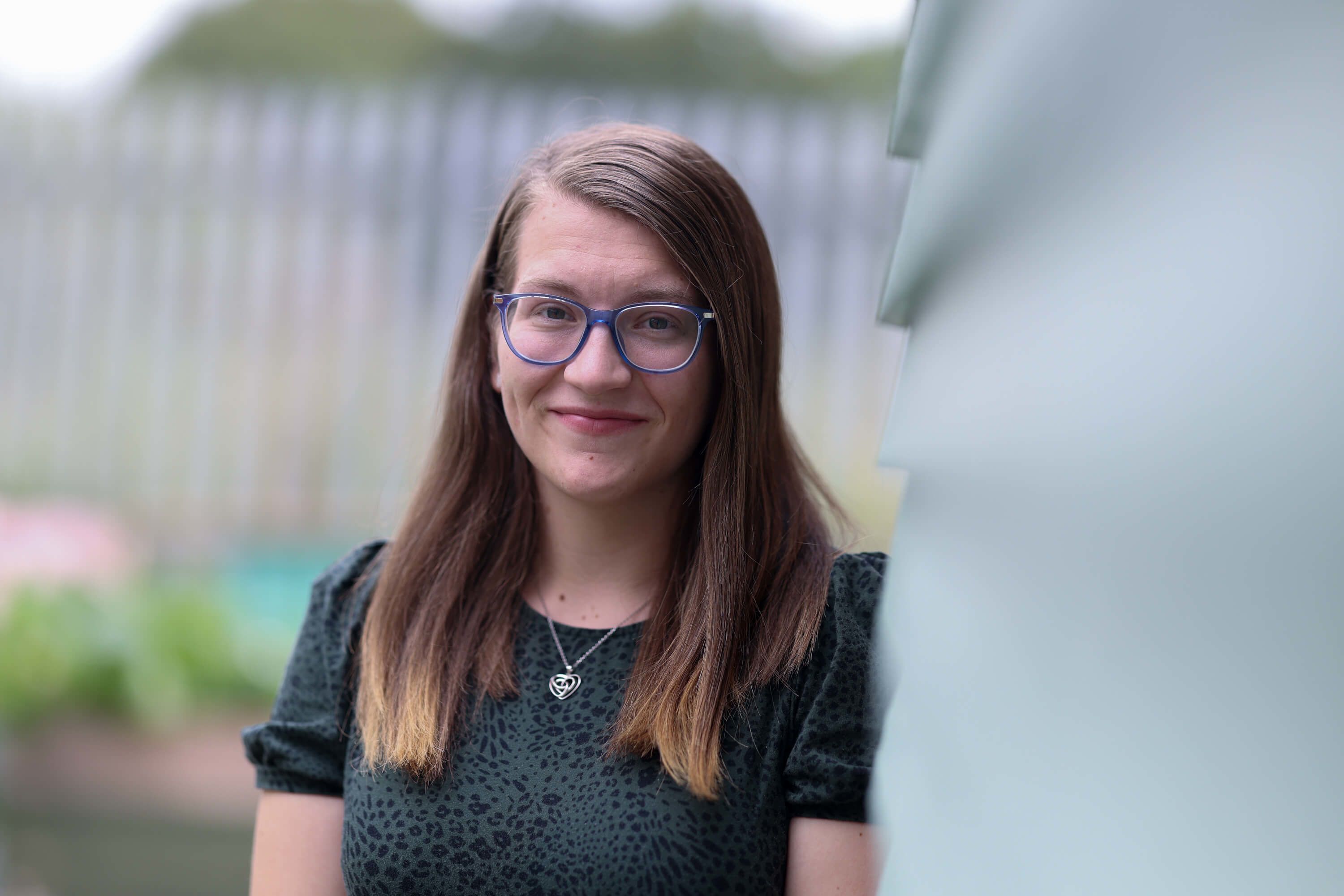


York students team up with local primary school to create future eco leaders
A team of 3rd Year students from the Department of Environment and Geography partnered with a local primary school in York to inspire the next generation with sustainability knowledge.
Taking part in the award-winning 'Sustainability Clinic' module, the students worked closely with the eco-council of a York primary school to explore issues such as biodiversity, carbon storage, energy sources, and conservation strategies.
Together, they supported pupils through a hands-on sustainability audit of their school, helping them to assess and improve their environmental impact.
Through interactive sessions, the students deepened the pupils' understanding of sustainability and also empowered them to put their own ideas into action.
Earlier this year the student team presented their Clinic project at the annual Student Sustainability Research Conference at the University of Leeds.
The 'Sustainability Clinic,' is offered as a module by the Department of Environment and Geography, which brings students and the local community together to tackle real-world environmental challenges.
This summer the University launched a dedicated Sustainability Clinic space on campus, where teaching and sustainability-focused events will continue to inspire and educate throughout the year.
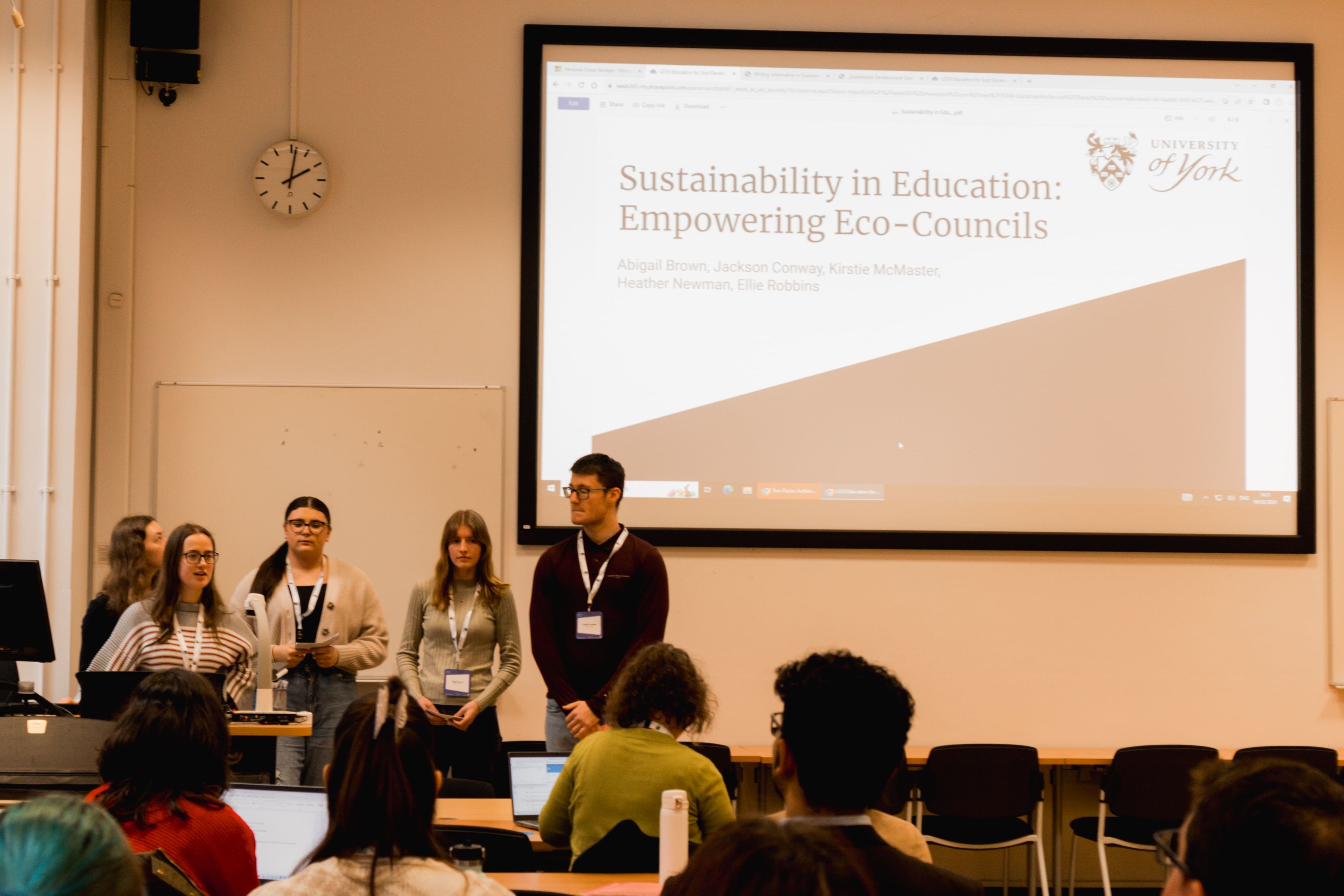

Key Sustainability Dates
|
Name |
Date |
|---|---|
|
9 to 22 September |
|
|
14 September to 12 October |
|
|
19 September, 2.30 to 3.30 pm. |
|
|
22 September |
|
|
Hedgehog Helpers Action Day: Improving Habitat for our Spiky Friends |
25 September, 1.30 to 4.30pm |
|
26 September, 11am |
|
|
11 to 24 November |

Thank you!
We hope you've enjoyed reading the latest newsletter! If you'd like to get involved in shaping the Sustainability Network, please get in touch at alumni@york.ac.uk.
Keep up to date with our Sustainability Network webpage.

